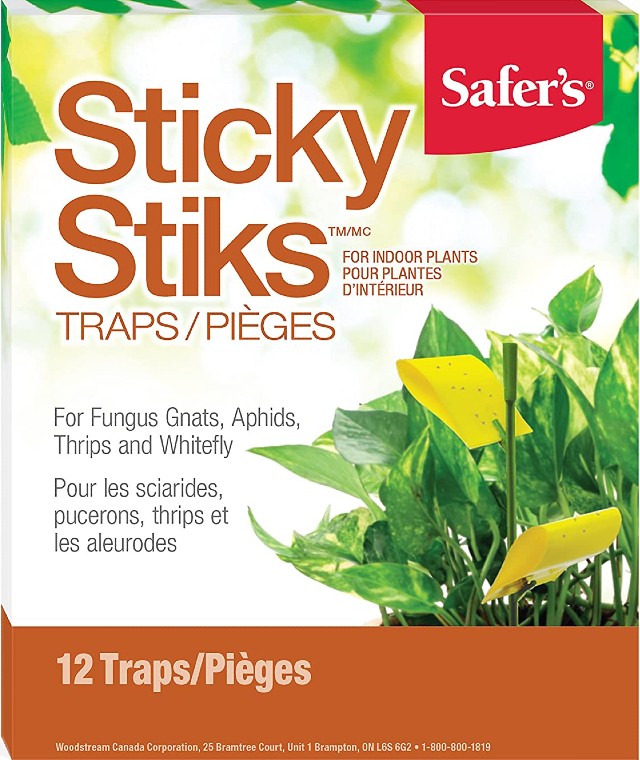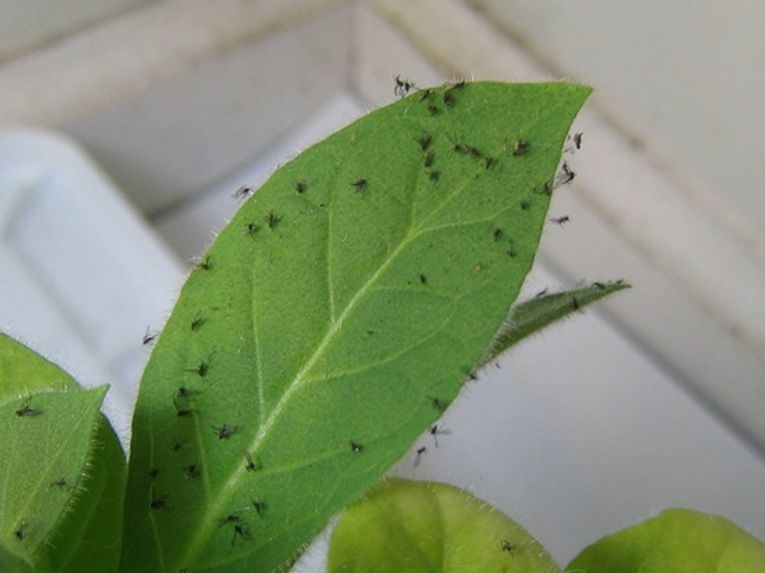
Have you ever noticed a small, fruit fly-like insect hovering around the soil of your houseplant? Chances are, you've encountered a fungus gnat. These pesky critters, with their elongated legs and translucent wings, are attracted to moist, nutrient-rich soils. While they may seem harmless at first glance, fungus gnats can wreak havoc on your plants by laying their eggs in the soil and feasting on the delicate root system. Left untreated, they can lead to wilting, stunted growth, and discolored leaves.
Spotting Fungus Gnats
Identifying a gnat problem is relatively straightforward – these flyers aren't particularly adept at flying, so they tend to stick close to the plant. You'll often observe them darting about in erratic, zigzag patterns. Upon gently disturbing the soil, you may even spot their tiny, translucent larvae wriggling within. To monitor their activity, consider using Safers yellow sticky cards, which attract and trap gnats effectively.
Managing Moisture Levels: The Ultimate Solution
Fungus gnat infestations typically arise due to excessive soil moisture. By adjusting your watering habits, you can thwart their attempts to colonize your plant pots. Opt for bottom-watering methods to maintain a dry soil surface while ensuring adequate hydration near the root zone. Simply place the pot in a water-filled dish and let it soak up moisture through the drainage holes.
Exploring Additional Control Measures
Should adjustments to your watering regimen prove insufficient in eradicating gnats, or if you seek a swifter resolution, consider these additional control measures:

-
Sticky Cards: Deploying yellow sticky cards above the soil surface lures and traps gnats, effectively reducing their population. Be sure to replace the cards every 4-6 weeks or sooner if heavily infested.
-
Hydrogen Peroxide Solution: A mixture of water and hydrogen peroxide, sprayed onto the soil surface, proves lethal to gnat larvae on contact. Mix four parts water with one part hydrogen peroxide for an effective solution.

Fungus gnats may be bothersome, but armed with a strategic approach, plant parents can reclaim control over their indoor greenery. Embrace less frequent watering during winter months and adopt bottom-watering practices to outsmart these persistent pests – you'll thank yourself later!




